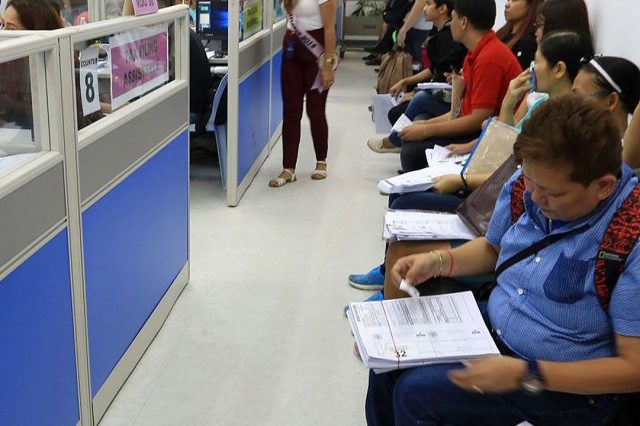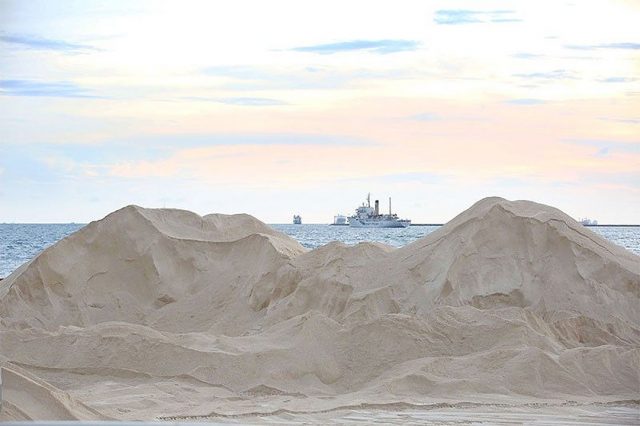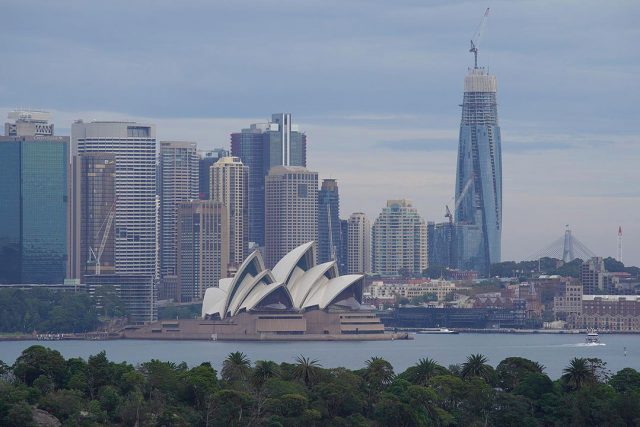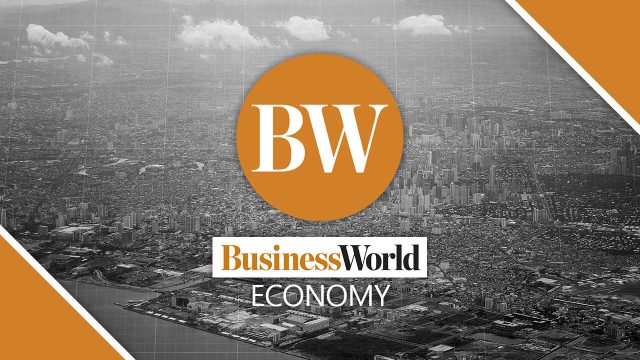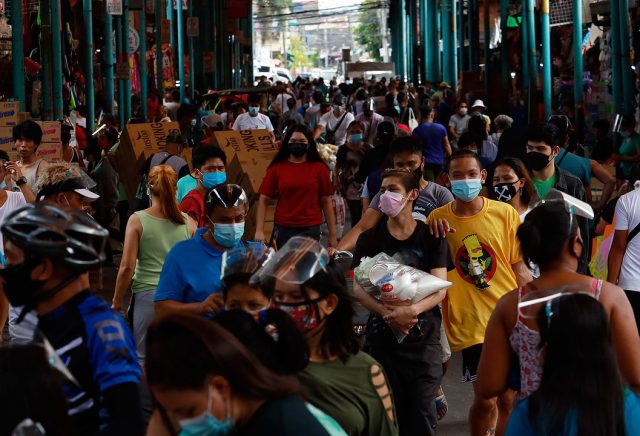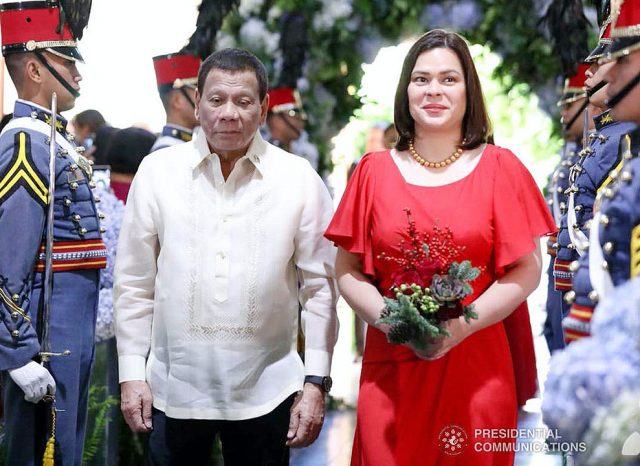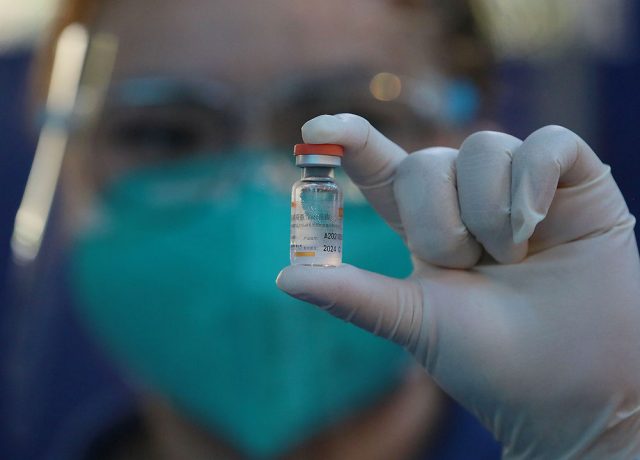By Kyle Aristophere T. Atienza, Reporter
THE PHILIPPINES fell to last place among 53 countries in a study that measured the resilience and response of economies to the coronavirus pandemic, as export-oriented nations continue to grapple with the global health crisis.
It was a spot down from its 52nd ranking in a previous COVID-19 (coronavirus disease 2019) resilience ranking by Bloomberg, where the country scored poorly in terms of vaccine rollout.
The Philippines, which got a score of 40.2, was behind Vietnam (43.7), Malaysia (44.1), Thailand (47.6) and Indonesia (52.4).
“Southeast Asian economies continue to populate the ranking’s bottom rungs in September, with Indonesia, Thailand, Malaysia, Vietnam and the Philippines the last five,” Bloomberg said. “While the region’s outbreak may have peaked, their export-reliant economies are still struggling from the hit.”
The 10 countries that received highest scores were Ireland (79.4), Spain (78.2), the Netherlands (76.4), Finland (76.1), Denmark (75.3), United Arab Emirates (74.7), France (73.9), Switzerland (73.8), Canada (73.8) and Norway (73.6).
Bloomberg’s monthly ranking is based on a country’s coronavirus numbers, healthcare quality, vaccination coverage and progress in restarting travel and easing border curbs.
It cited long-term lessons that can be learned from the global health crisis, which has disrupted economies worldwide.
High-ranked economies have shown “widespread degree of government trust and societal compliance,” Bloomberg said. Governments should invest in public health infrastructure and fund health research and development amid the pandemic, it added.
“Undervalued in many places before 2020, systems for contact tracing, effective testing and health education bolstered the countries that have performed consistently well in the ranking, helping socialize hand-washing and the wearing of face masks,” it said. “This was key to avoiding economically crippling lockdowns in the first year, before vaccines were available.”
Health Undersecretary Maria Rosario S. Vergeire said the government’s pandemic response had improved. “We can see that our vaccination coverage has tremendously improved from the time we started,” she told an online news briefing.
She added that the report “gives us more direction in how we do our response.”
DAILY TALLY
The Department of Health (DoH) reported 12,805 coronavirus infections on Wednesday, bringing the total to 2.54 million.
The death toll rose to 38,164 after 186 more patients died, while recoveries increased by 12,236 to 2.4 million, it said in a bulletin.
There were 132,339 active cases, 76.7% of which were mild, 16.4% did not show symptoms, 2.1% were severe, 3.91% were moderate and 0.9% were critical.
The agency said 38 duplicates had been removed from the tally, 27 of which were reclassified as recoveries, while 120 recoveries were reclassified as deaths. One laboratory failed to submit data on Sept. 27.
The Philippines aims to reach population protection by vaccinating 50-60% of its population by year-end.
The presidential palace on Tuesday said the country would start vaccinating the general population and minors against the coronavirus next month.
In a statement on Wednesday, DoH said children aged 12 to 17 years who are seriously ill would be prioritized.
“Expansion beyond this group will follow once adequate coverage of the A2 priority group or senior citizens has been achieved nationwide and vaccine supply becomes sufficient to include children,” it said.
A parent or guardian must agree to the vaccination of their child.
DoH said it would ensure enough supply of the vaccines made by Pfizer, Inc. and Moderna, Inc. — the only shots allowed by local drug regulators to be used for Filipino minors.
Vaccine czar Carlito G. Galvez, Jr. earlier said the Philippines would have enough vaccines to inoculate 12 million children.
Meanwhile, the Health department reported 339 new cases of the Delta coronavirus variant, bringing the total to 3,366.
Ms. Vergeire also said 98 more people have been infected with the Alpha coronavirus variant first detected in the United Kingdom, bringing the total to 2,559.
The country now had 2,920 cases of the Beta variant after 186 more Filipinos got infected with the strain first detected in South Africa.
DoH said nine more people have been infected with the P.3 variant first detected in the Philippines. A new case of the Gamma variant was also detected, it added.
The additional cases of the variant of concerns and the P.3 strain were detected from 748 sequenced samples in the latest genome sequencing run, Ms. Vergeire said.
Of these cases, 616 have recovered, 10 have died, and five remained active, she said. Authorities were still verifying the status of the two other cases.

